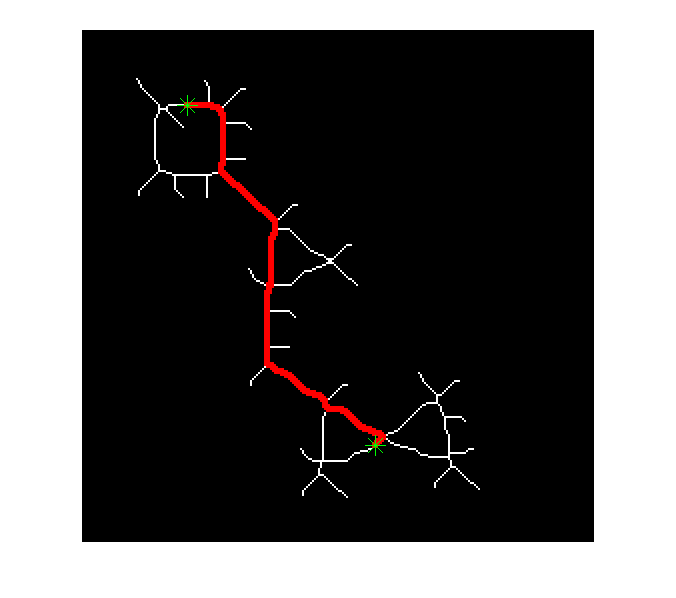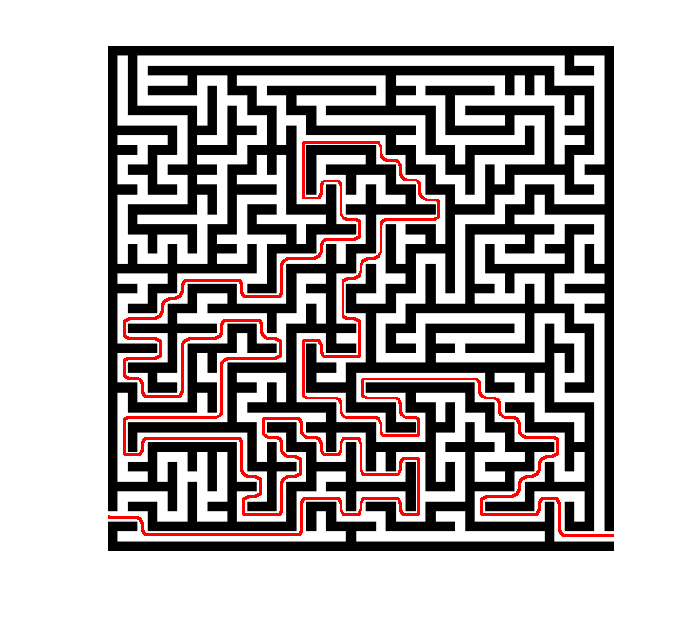Exploring shortest paths – wrapping up
For the past several weeks I've been writing about shortest-path problems in image processing: finding the shortest path between two points in an image, with and without constraints.
Applications included the practical (path finding in a skeleton image) and fun (maze solving).


Along the way, I've described:
- the basic idea of finding shortest paths by adding two distance transforms together (part 1)
- the nonuniqueness of the shortest paths (part 2)
- handling floating-point round-off effects (part 3)
- using thinning to pick out a single path (part 4)
- using bwdistgeodesic to find shortest paths subject to constraint (part 5)
I hope you found the series interesting and useful. If you have particular applications for these techniques in your own work, I invite you to share them with us by posting a comment.









评论
要发表评论,请点击 此处 登录到您的 MathWorks 帐户或创建一个新帐户。